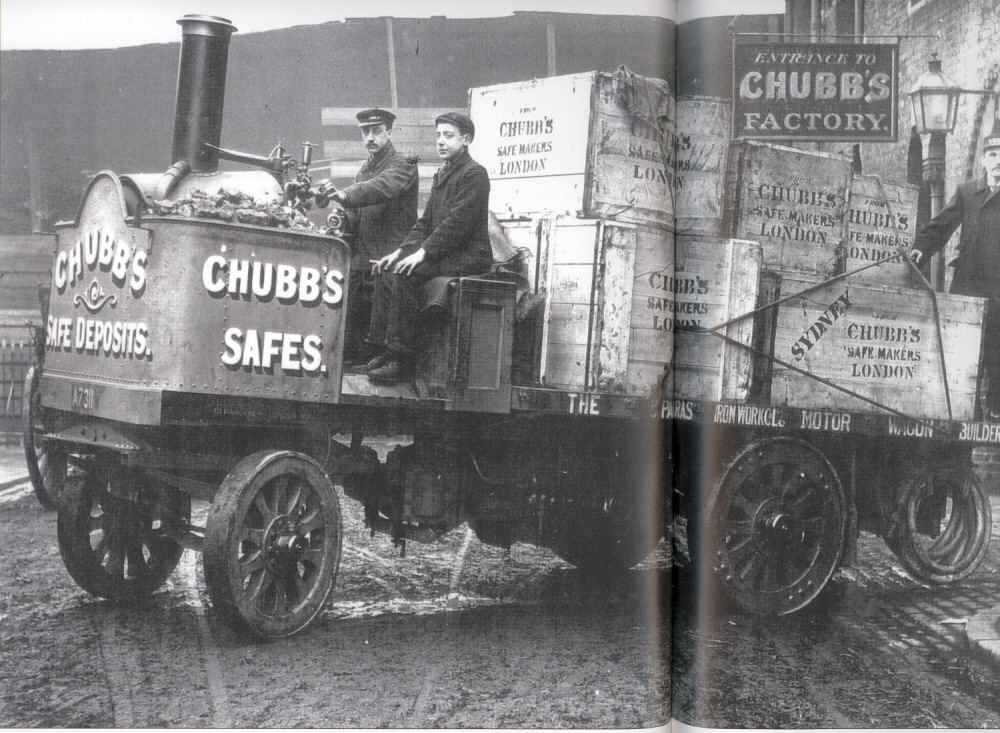Guten Tag, meine Damen und Herren (where are all the
Damen, by the way?). My self-education of the
Deutches language never did progress very far (where do they get the idea that there can be
three sexes? And combining all of a sentence into one word? Pfft! I think I'll limit my vocality to just three languages - English, Black Country and Profane). I have also, by experiment, discovered that several engineering processes can improve one's ability to use words to a deeper and fuller extent - try banging your thumb with a hammer, for instance.
To return to the subject of steam propulsion, (and apropos of
'la langue allemande', I have long admired the German description of a fast twin-screw steam vessel - "Eine doppellschrauben Schnelldampfer"), I wondered the possibility of steam turbines as power units for road vehicles, their use on railway engines being well known (the LMSR 'Turbomotive', for instance). A short research showed that indeed, as early as 1672 Verbiest's 'toy' steam carriage used elementary turbine principles, the first (stationary) design of turbine dating back to Hero of Alexandria in c.130 BC, but the developed idea as we understand it today was only patented and built by (Later Sir) Charles Algernon Parsons KCB (1854-1931) in 1884. In the 1894 the "Steam Turbine Company" was formed, and in 1897 the famous public demonstration of Parsons' ship
Turbinia' at the Royal Naval Review at Spithead occurred. The small (100 ft) vessel fitted with three Parsons parallel flow turbines in a high, medium and low pressure sequence, each driving a propellor shaft having three three-bladed propellors, steamed at 34.5 knots through the ranks of the Navy's finest ships of the line, a speed no other vessel of the time cold obtain. The old, cumbersome and heavy reciprocating ship's engines in every other powered vessel was immediately obsolete.
More on Turbinia here.
Turbines are prefectly suited to marine and stationary (i.e.electricity generation) use, where constant speed and load are observed, but with these demands ever-changing in rail and road use are far less efficient despite the speeds they can reach. Also they are non-reversable thereby requiring extra units or gearing.
The use of a Parsons turbine to drive a steel rolling mill in tandem with a 100 ton flywheel solved the problem of changing rotational and loading demand, at the expense of the weight of the gearing and flywheel, the latter being used to store latent energy for times of peak load. Such solutions are not possible in moving vehicles, however, and steam (or later, gas) turbined road vehicles have made no sigificant influence to development trends, despite several manufacturers' experimental designs.
Here's the best known of those, the 1968 Leyland gas-turbine lorry seen still in working order at a historic vehicle show at Gaydon earlier this year.
[video=youtube;d5aYenmaP9E]https://www.youtube.com/watch?v=d5aYenmaP9E[/video]

